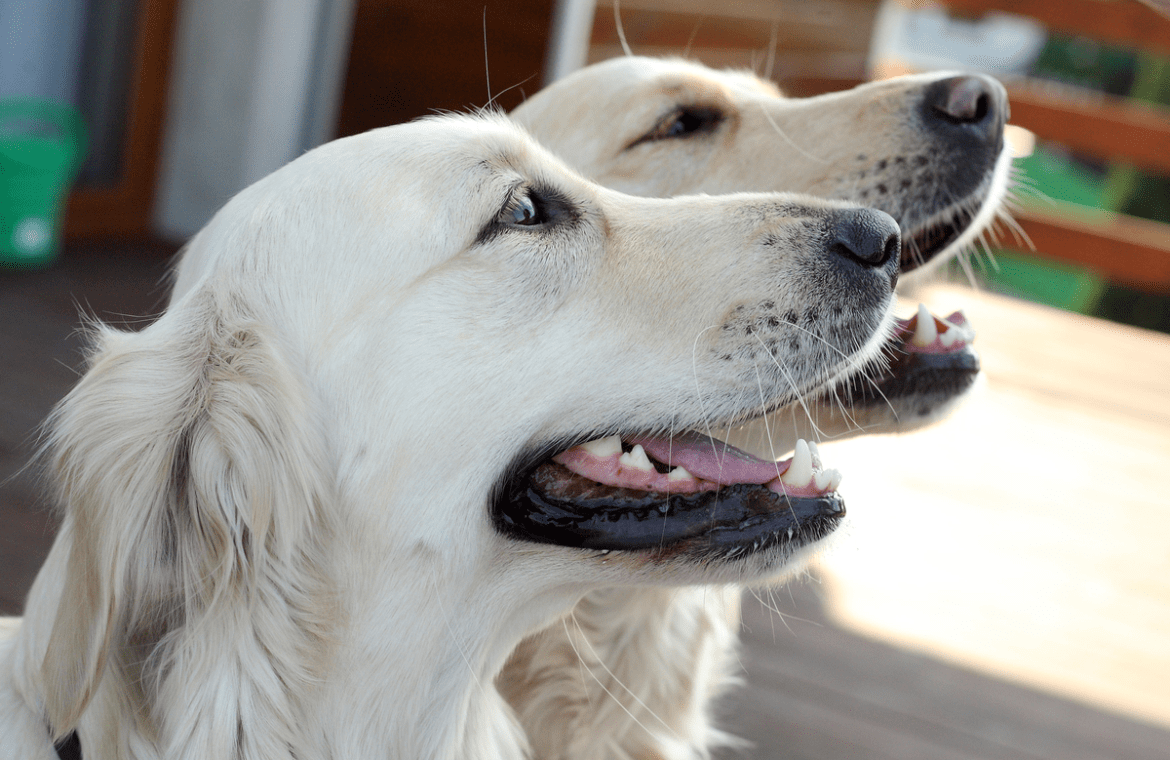Genetic studies suggest that dogs may have been domesticated twice, the researchers wrote in the latest issue of Nature Weekly.
The team showed that the dogs can be traced back to at least two different groups of wolves. This means that dogs have been domesticated at least twice.
One of the most mysterious issues in human history concerns the most faithful animal that man has managed to domesticate, the dog. So far, scientists have not been able to clearly determine when and where this happened.
The latest research by an international team takes the discussion a step further. The researchers showed that dogs had genes from two separate groups of wolves.
The dogs are descended from the gray wolf, and domestication occurred during the last Ice Age, at least 15,000 years ago. However, it is not known where it occurred and whether it occurred in one or several places.
The team analyzed 72 prehistoric wolf genomes from the past 100,000 years. Years of Europe, Siberia and North America area. The material is from a perfectly preserved wolf head 32,000 years ago found in Siberia.
It turns out that early and modern dogs are more closely related to prehistoric Asian wolves than to European wolves. This means that domestication occurred somewhere in the East.
However, the scientists found that traces of a different group of wolves can also be found in the canine genome. The early dogs of Northeastern Europe, Siberia and the Americas are descended exclusively from the inhabitants of eastern wolves. By contrast, early dogs from the Middle East, Africa, and southern Europe had some mixing of Middle Eastern wolves as well as the Siberian wolf.
Therefore, perhaps the domestication occurred twice or only once, after which the dogs mated again with wolves.
More: www.crick.ac.uk/news/2022-06-29_ice-age-wolf-dna-reveals-dogs-trace-ancestry-to-two-separate-wolf-populations (PAP)
cork / agt /
«« | « |
1
| »| »»







